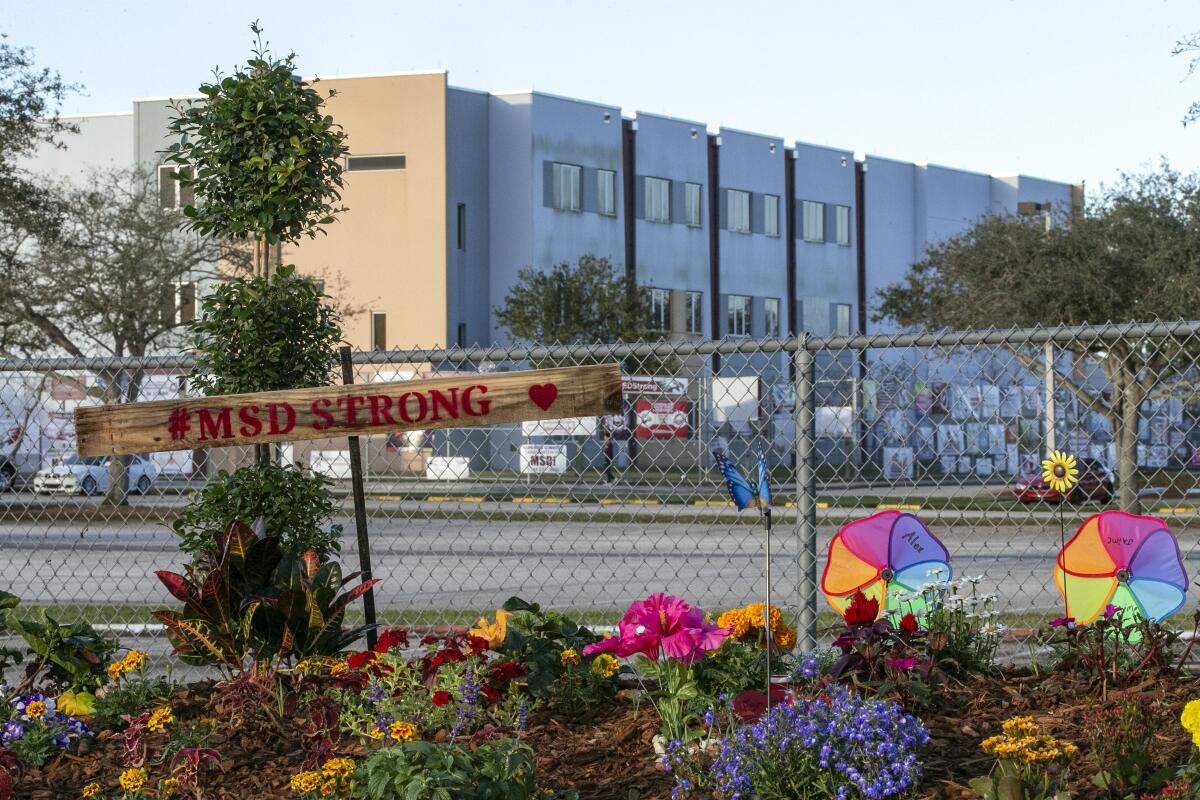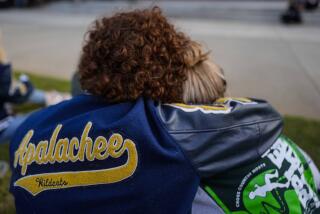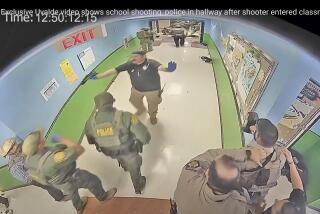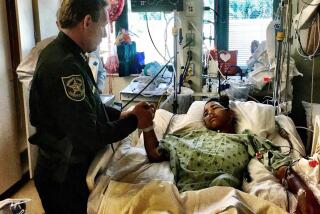Jury in Parkland shooter’s case gets rare view of bloody school massacre site

FORT LAUDERDALE, Fla. — Roses that had been brought to honor love on that Valentine’s Day in 2018 lay withered, their dried and cracked petals scattered across classroom floors still smeared with the blood of victims gunned down by a former student more than four years earlier.
Bullet holes pocked walls and shards of glass from windows shattered by gunfire crunched eerily underfoot at Parkland’s Marjory Stoneman Douglas High School, where shooter Nikolas Cruz murdered 14 students and three staff members. Nothing was unchanged, except for the removal of the victims’ bodies and some personal items.
The 12 jurors and 10 alternates, who are considering whether Cruz gets the death penalty or life in prison, made a rare visit to the scene Thursday, tracing Cruz’s steps through the three-story freshman building, known as “Building 12.” After they left, a group of journalists was allowed in for a much quicker first public view.
The scene was deeply unsettling: Large pools of dried blood still stained classroom floors. A lock of dark hair rested on the floor where one of the victims’ bodies once lay. A single black rubber shoe was in a hallway. Browned rose petals were strewn across a hallway where six died.
In classroom after classroom, open notebooks displayed uncompleted lesson plans: A blood-coated book called “Tell Them We Remember” sat atop a bullet-riddled desk in the classroom where teacher Ivy Schamis taught students about the Holocaust. Attached to a bulletin board in the room a sign read: “We will never forget.”
In the classroom of English teacher Dara Hass, where the most students were shot, students had written papers about Malala Yousafzai, the Pakistani who as a teen was shot by the Taliban for going to school and has since been a global advocate for educational access for women and girls.
One of the students wrote: “A bullet went straight to her head but not her brain.” Another read, “We go to school every day of the week and we take it all for granted. We cry and complain without knowing how lucky we are to be able to learn.”
The door of Room 1255, teacher Stacey Lippel’s classroom, was pushed open — like others to signify that Cruz shot into it. Hanging on a wall inside was a sign reading, “No Bully Zone.” The creative writing assignment for the day was written on the whiteboard: “How to write the perfect love letter.”
And still gracing the wall of a second-floor hallway was a quote from James Dean: “Dream as if you’ll live forever, live as if you’ll die today.”
Prosecutors, who rested their case following the jury’s tour, hope the visit will help prove that the former Stoneman Douglas student’s actions were cold, calculated, heinous and cruel; created a great risk of death to many people and “interfered with a government function” — all aggravating factors under Florida’s capital punishment law.
Under Florida court rules, neither the judge nor the attorneys were allowed to speak to the jurors — and the jurors weren’t allowed to converse with one another — when they retraced the path Cruz followed on Feb. 14, 2018, as he methodically moved from floor to floor, firing down hallways and into classrooms as he went. Before the tour, the jurors had seen surveillance video of the shooting and photos of its aftermath.
The building has been sealed and is now surrounded by a 15-foot chain-link fence wrapped in a privacy mesh screen fastened with zip ties. It looms ominously over the school and its teachers, staff and 3,300 students, and can be seen easily by anyone nearby. The Broward County school district plans to demolish it whenever the prosecutors approve. For now, it is a court exhibit.
“When you are driving past, it’s there. When you are going to class, it’s there. It is just a colossal structure that you can’t miss,” said Kai Koerber, who was a Stoneman Douglas junior at the time of the shooting. He is now at UC Berkeley and the developer of a mental health phone app. “It is just a constant reminder ... that is tremendously trying and horrible.”
Cruz, 23, pleaded guilty in October to 17 counts of first-degree murder; the trial is only to determine if he is sentenced to death or life without parole.
Miami defense attorney David S. Weinstein said prosecutors hope the visit will be “the final piece in erasing any doubt that any juror might have had that the death penalty is the only recommendation that can be made.”
Such site visits are rare. Weinstein, a former prosecutor, said in more than 150 jury trials dating back to the late 1980s, he has only had one. One reason for their rarity is that they are a logistical nightmare for the judge, who needs to get the jury to the location and back to the courthouse without incident or risk a mistrial. And in a typical case, a visit wouldn’t even present truthful evidence: After law enforcement leaves, the building or public space returns to its normal use. The scene gets cleaned up, objects get moved and repairs are made. It’s why judges order jurors in many trials not to visit the scene on their own.
Craig Trocino, a University of Miami law professor who has represented defendants appealing death sentences, said the visit — combined with the many graphic videos and photos jurors have already seen — could open an avenue for Cruz’s attorneys if they find themselves in the same situation.
“At some point evidence becomes inflammatory and prejudicial,” he said. “The site visit may be a cumulative capstone.”
Cruz’s attorneys have argued that prosecutors have used evidence not just to prove their case, but to inflame the jurors’ passions.
More to Read
Sign up for Essential California
The most important California stories and recommendations in your inbox every morning.
You may occasionally receive promotional content from the Los Angeles Times.










